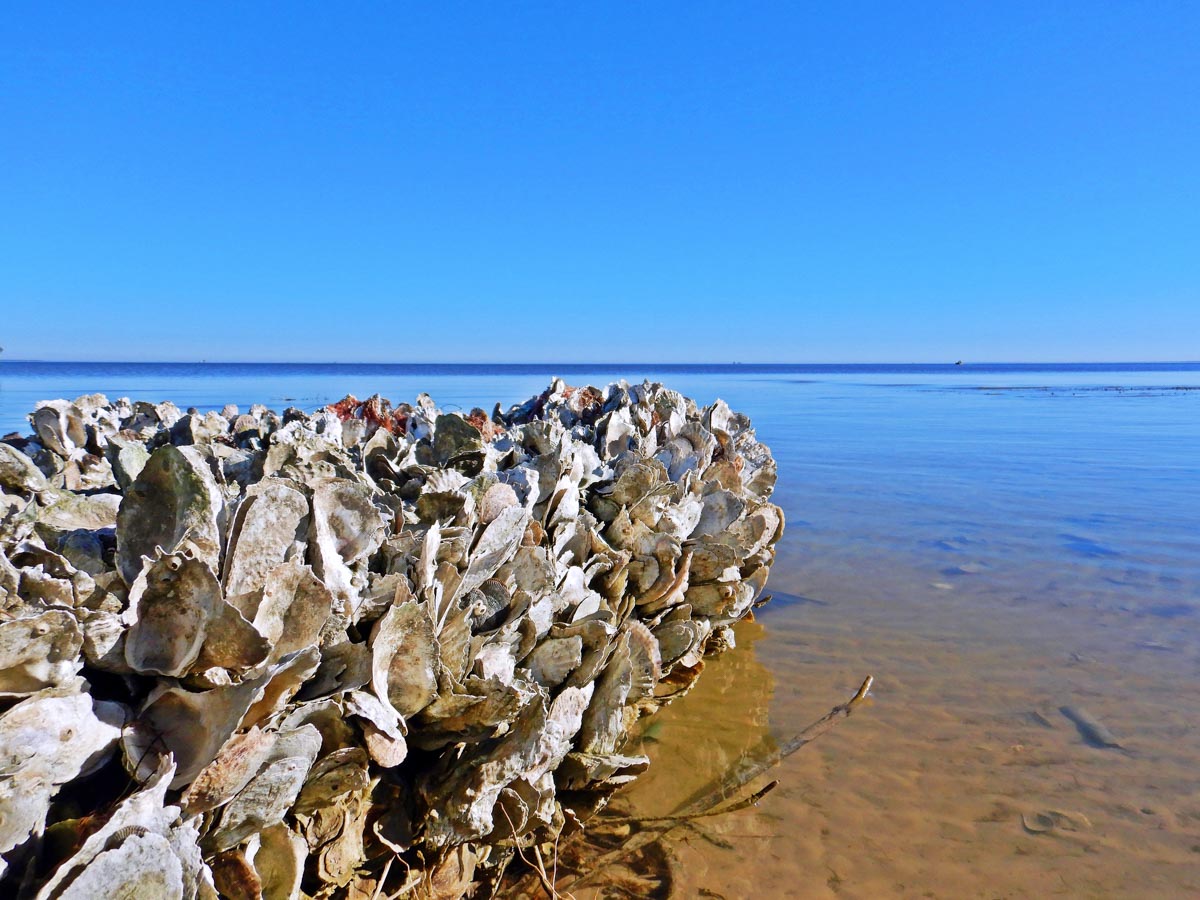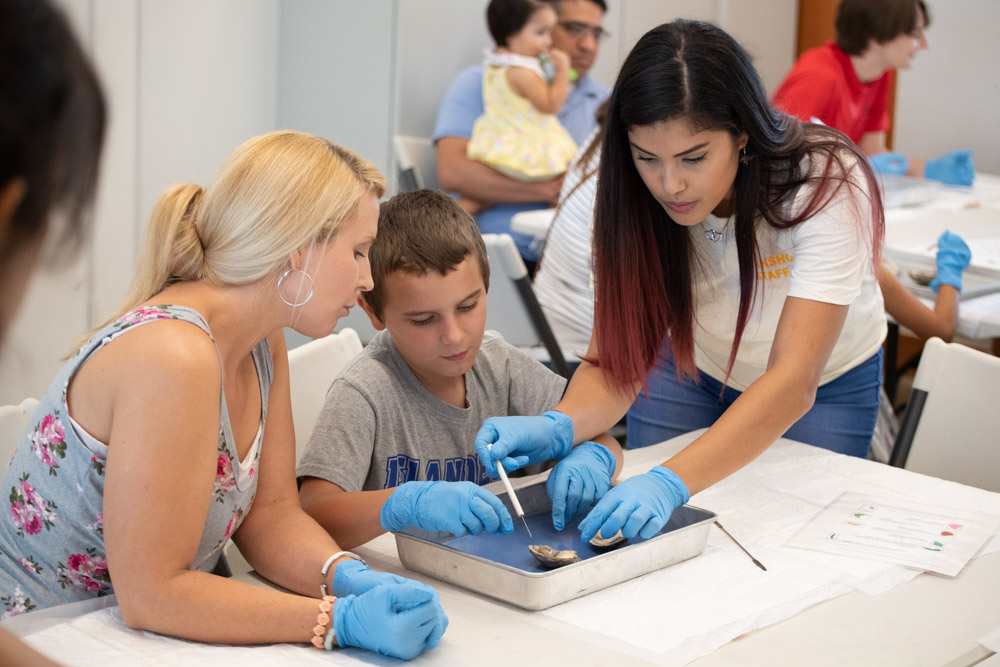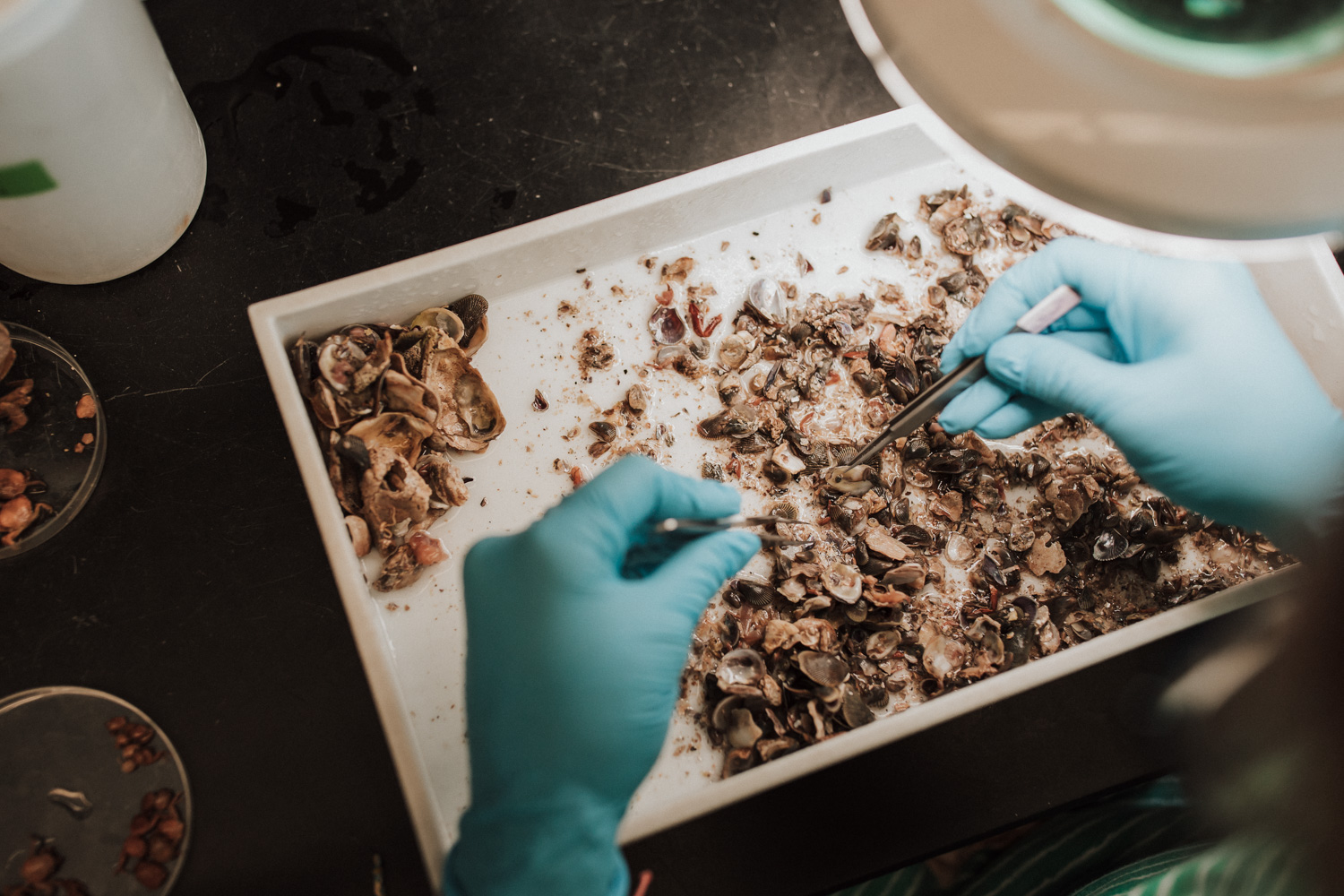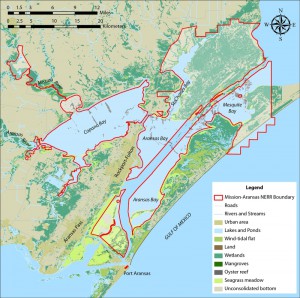SAMMY’S CORNER
Here you’ll find a ton of teacher resources about oysters!
Coastal Conservation Modules
Nine habitat conservation and restoration-based modules were developed as part of the “Hurricane Recovery Classroom Workshop for Students”, held in Corpus Christi in 2017. These are available below and can be adapted to any region. By engaging STEM students through the case-study based critical thinking modules, these lessons connect classroom instruction to contemporary science problems in the news, making science real and relevant.

(image courtesy of K. Thompson)
Download the modules at the links below:
Cloudy Water – This short experiment demonstrates how dredging can affect water quality and can also redistribute species throughout the bay.
Don’t Just Float There- Get on the RAFT – This is a creative writing assignment that allows the students to put themselves in the place of the debris to better understand the origins and the relationship of marine debris to the environment.
Merging Mercury – This activity will use a classroom of students representing a food chain to show the bioaccumulation of mercury through several trophic levels.
Tabletop Oil Spill – This short experiment demonstrates how oil can affect various species and habitats. This activity gives students an introduction to experimenting with oil removal techniques.
Water We Doing Here – In this activity students discuss where freshwater comes from in their local area. Brainstorm ideas on what they could do to save water in the future.
Debris Diary – Discuss in a literary form, the various origins of marine debris.
In the Gutter – This activity demonstrates how wetlands affect water flow.
Save the City – The students evaluate different types of shoreline stabilization devices and ultimately design a structure to protect their sea-side community.
Vanishing Seagrass – This short and simple game demonstrates the importance of seagrass to aquatic species. It also highlights how easily seagrass systems can be damaged.
Oyster Life Cycle and Facts Poster
The Oyster Life Cycle and Facts Poster can be hung in classrooms to help students learn many interesting facts about oysters.
Download the poster HERE
Oyster Activity Book
The Oyster Activity Book includes a word search, crossword puzzle, and is a coloring book!
Download the book HERE
Oyster Biology and Ecology Curriculum Guide
The purpose of this curriculum is to help the students learn more about how shells are made by animals and the protection the shells provide for these animals. Students will also examine shell collections and learn how scientists classify animals.
Download the curriculum HERE
The Copano/Aransas Estuary Curriculum Guide
The purpose of this curriculum is to teach students about estuaries and watersheds and for the students to become familiar with the geography of the Copano/Aransas Bay region.
Download the curriculum HERE

(image courtesy TAMU-CC)
Oyster Activities
The Texas State Aquarium has created short oyster activities you can use in the classroom. Each lesson teaches students the basics on how to measure and calculate, interpret data from various graphs and how to research relevant literature. Click on the titles below to download each one.
Treasures of the Deep – learn how to identify historical and literary references to pearls
Salt of the Sea – learn how to interpret data from a pie graph
Old Age Oysters – learn how to interpret data from a line graph
Oysters by the Pound – learn how to interpret data from a bar graph
Pale, Poetic Pearls – learn how to estimate lengths in millimeters
The Fantastic Filter – learn how to use addition, multiplication and division to interpret marine data

(image courtesy L. Reitz)
Oyster Lesson Plan #1
The purpose of this lesson plan is to demonstrate the importance of oysters to water quality. The lesson plan defines six main objectives and materials are listed within.
Download the lesson plan HERE
Oyster Lesson Plan #2
The purpose of this lesson plan is to demonstrate an oyster’s ability to filter food out of the water. The plan begins with learning about the anatomy of an oyster followed by an activity where students draw and cut out an oyster.
Download the lesson plan HERE
The Great Oyster Mystery

(Map courtesy of NERRS)
Oysters are a valuable part of estuary ecosystems. They help purify the water and control erosion. Oyster reefs provide habitat for numerous other species. However, oysters can also be an “indicator species.” Like a canary in a coal mine, oyster health and oyster abundance can tell us about changing conditions in an estuary.
A few years ago, something odd happened to the oysters in Mission-Aransas Estuary in south Texas, a valuable oyster-growing area. In the first half of 2007, young oyster populations within the estuary’s Copano Bay and Aransas Bay were normal. But then, the numbers of young oysters mysteriously decreased, only to dramatically increase again the next year. To oyster researchers, this was a mystery. Now you can look at some of the data researchers used to solve the Great Oyster Mystery.
This curriculum was developed and produced for
The National Oceanic and Atmospheric Administration (NOAA) and
the National Estuarine Research Reserve System (NERRS).
